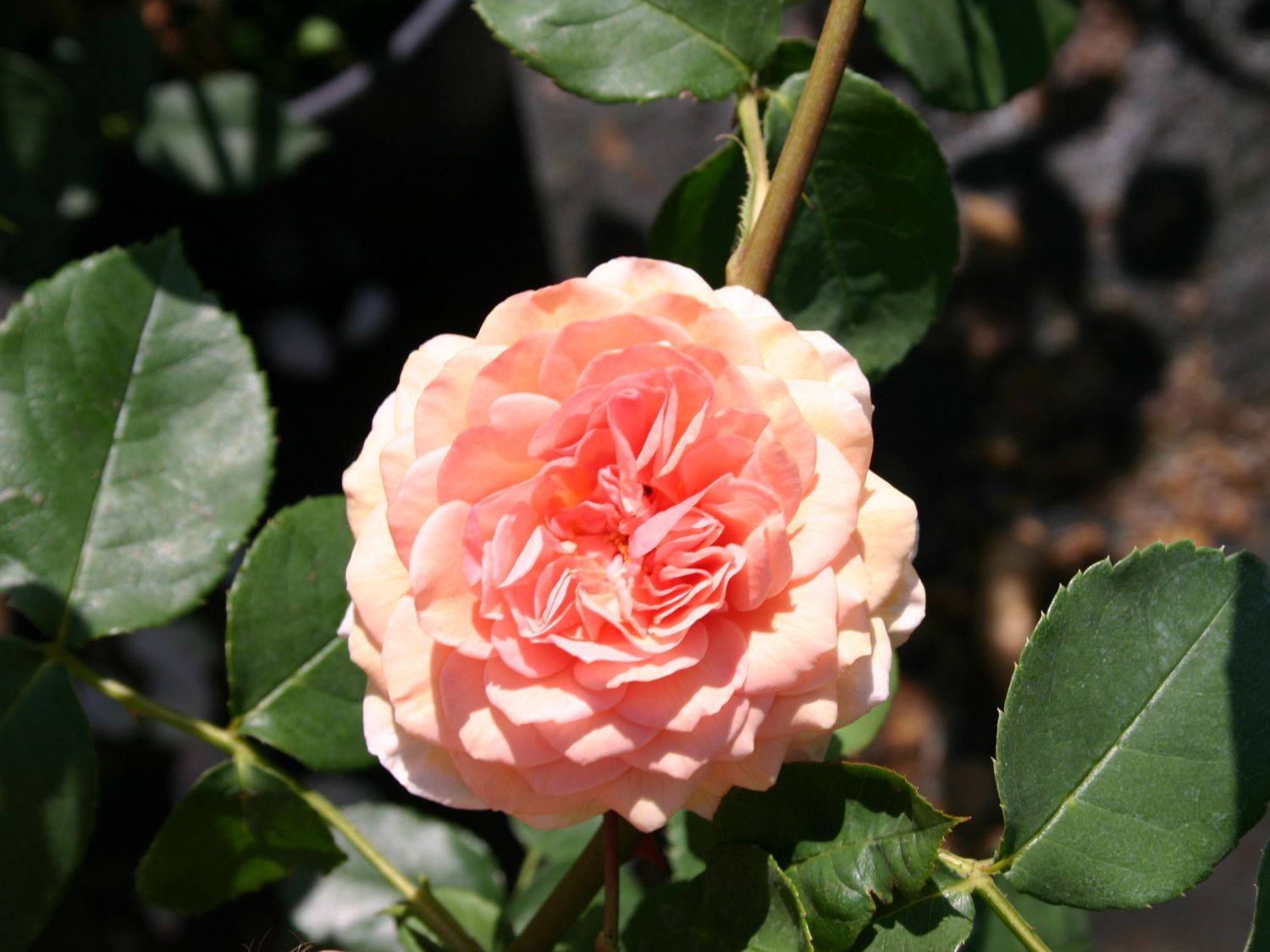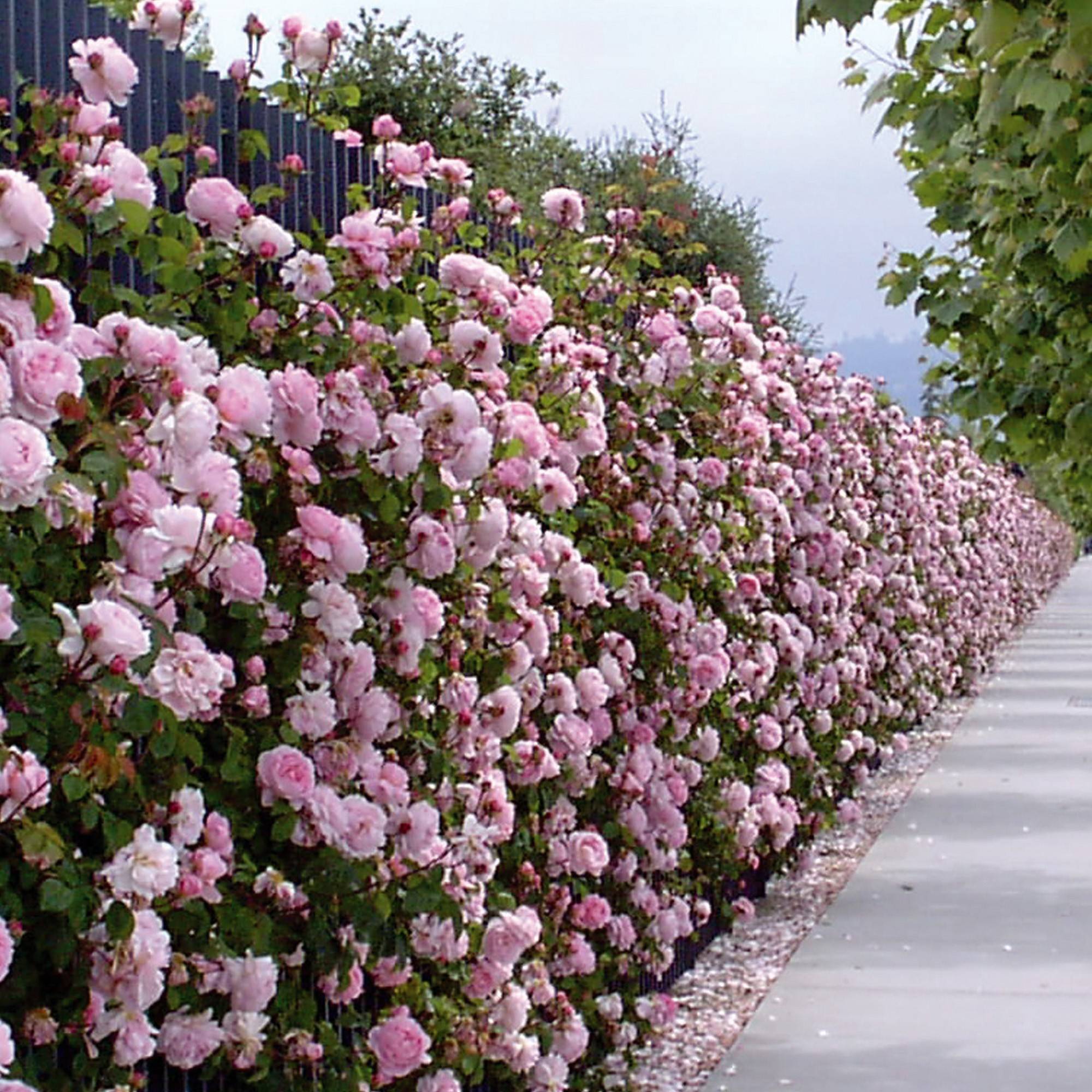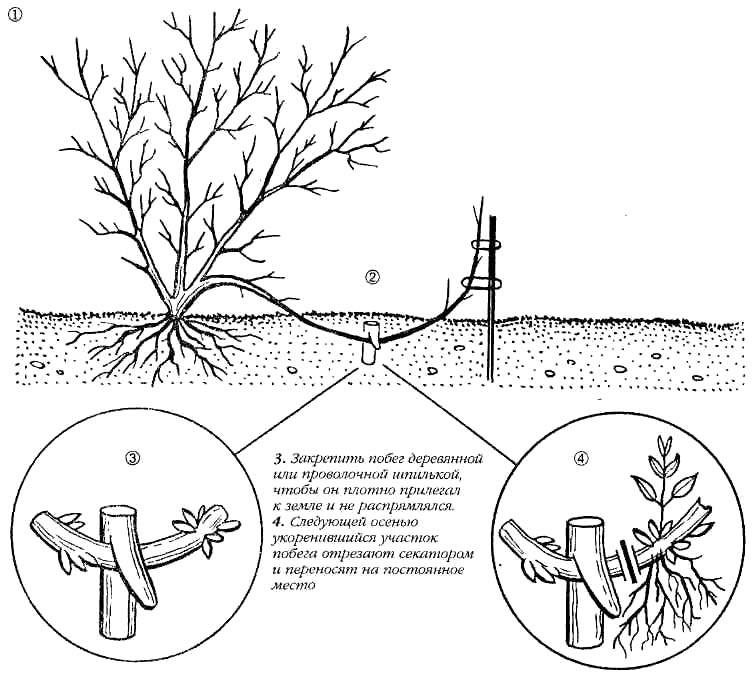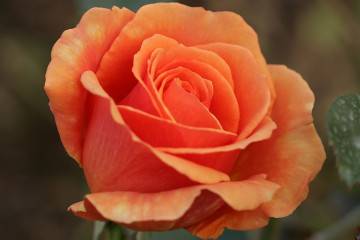Rose William Morris (William Morris) - a characteristic of culture
Content:
Seeing once the English rose William Morris, you immediately want to plant it in your garden. Indeed, its bloom is an indescribable sight. But in the cultivation of this culture, not everything is as simple as it seems at first glance. All the nuances and subtleties of the process are written below.
History, description and features of the climbing rose William Morris
Rose William Morris is called English, although this name is more popular. By themselves, English roses combine old European classics with a modern approach to planting. From the old, this species inherited the aroma and form, and the new one made it possible to achieve resistance to diseases, remontance and a variety of colors.
The variety was bred in 1987 in D. Austin's nursery from the Abraham Derby variety. But it became known only since 1998.
The flowers are apricot pink. The buds are endowed with doubleness and splendor. They have a strong aroma that resembles good tea. The bush reaches up to one and a half meters in height and is densely covered with buds. Shoots, having no support, tend to the ground.
Plant advantages and disadvantages
The advantages of breeding this rose are that the flowering is remontant, which means it will last until the first frost with proper care. Rose William Morris is disease resistant. The only enemy is rust. In order to avoid this ailment, you need to plant the plant in a well-ventilated area, but not in a draft, and cut off excess branches in a timely manner so that the plant is not neglected.
Planting and leaving
Planting bushes should be started in the spring, until the buds have blossomed, or in the fall, when the flowering ends. It is necessary to prepare a pit half a meter deep, high and wide for planting.
In a pit, you need to mix fertile soil with humus, add water there and let it stand for 20 hours. Before planting, the roots should be shortened to 20 cm and treated with a growth stimulator. When planting a bush in a hole, it is important to make sure that the roots fit completely into the hole. At the end, the seedling must be watered abundantly. Water again after a few days.
Where to plant
It is advisable to plant roses in places where other roses, raspberries, apple trees, plums or cherries have not previously grown. If this is not possible, then it is better to replace the soil before planting.
Also, when planting, avoid places where there are drafts. Therefore, the best place would be a site near a fence or a gazebo. But it is important to remember that the English rose William Morris belongs to the category of climbing plants, so the shoots should be trimmed and tied to a support in time to avoid breaking.
The plant does not tolerate flooding in spring when the snow melts, so you should not choose low-lying places.But in winter, the rose prefers that the ground be covered with snow.
Watering and care
Since the plant does not like strong moisture, it should be watered when the topsoil has dried out a few centimeters in depth. In the first month of planting, it is necessary to water 2 times a week.
In the second year, roses need to be fed. In early spring, it is better to use a special top dressing for rose bushes. At the beginning of summer - nitrogen-containing fertilizers. At the time of bud development on the bush, phosphorus fertilizers should be connected. At the beginning of autumn, it is better to use potash so that the plant survives frosts.
Pruning and wintering
In the course of pruning a bush, firstly, unviable, dry and broken branches are removed. Then the shoots are shortened by a third of the entire length. If desired, you can give the bushes a spherical or other shape.
With frosts above −1 ° C, you should begin to prepare the plant for wintering. The important thing is that the plant must be allowed to fully bloom on its own. You should not help him by cutting off shoots. In autumn, when the air temperature reaches 0 ° C, it is worth removing the protective winter layer. First you need to well spud the bush. Lay the branches on the ground, secure them and cover with a layer of leaves or sawdust. Cover with foil on top.
The flowering period is late spring and before the first frost. The first flowering until June, then a break, the formation of new buds and a month and a half later the second. A transplant can only be done during a dormant period. A good time comes after a cold snap and leaf fall.
At a temperature of 10 ° C and below, sap flow stops, therefore this time is considered favorable for transplantation. It is also important to observe the conditions of watering and fertilization so that the plant receives all the necessary elements for constant flowering.
Reproduction
There are several types of propagation of the William Morris bush rose.
- grafting. The procedure is carried out in August. To do this, you need to choose a shaded place. Manure should be added to well-dug weed-free soil. Leave three leaves on the cuttings, then remove the two lower ones. It is necessary to plant branches for rooting at a distance of 15-20 cm. And cover each with a bottle without a lid, or cover everything with a spunbond. In winter, cover everything with snow without removing the protection. Shoots should appear on the cuttings in the spring. This is a sign that rooting was successful;
- growing from seeds. In ordinary home or country conditions, this procedure will take several years. Also, newly grown shrubs may differ from the parent shrub and may not meet expectations;
- layering. This method is the simplest. But it is important that the branches are long and strong. The second half of summer is the most favorable for breeding by layering. It is necessary to prepare the territory: clear of weeds, dig up well and fertilize. The branch at the bottom must be cut and a match inserted there. Fasten to the soil with a staple, sprinkle with earth and water. Tie the upper part of the branch to a peg. In spring, it can be separated from the bush and transplanted.
In landscape design, the William Morris climbing rose is ideal for creating a background in a composition with low-growing shrubs, as well as an excellent material for building a hedge. The main thing is to plant the seedlings correctly and provide them with the required care.




















